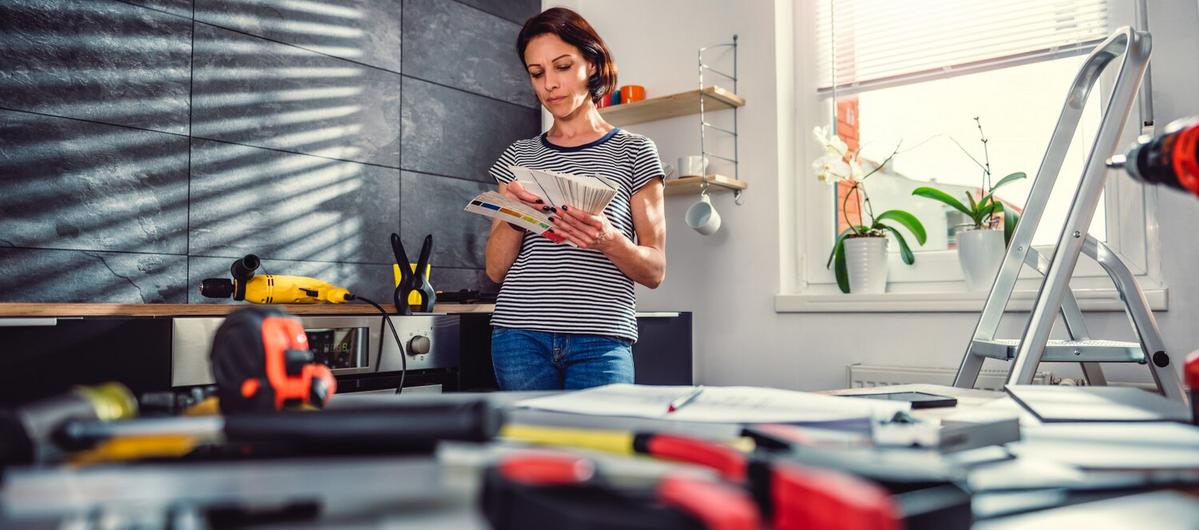Scandinavian design has become a hallmark of modern elegance, characterized by its minimalistic approach, functionality, and connection to nature. This design trend, originating from the Nordic countries, has found its way into homes worldwide, offering a perfect blend of simplicity and sophistication.
Scandinavian design is renowned for its clean lines, functional furniture, and muted colors, often incorporating natural elements like wood and stone. The craftsmanship behind these designs is rooted in a rich cultural heritage that values quality and sustainability. According to the Scandinavian Design Group, the focus is always on creating useful, beautiful designs that will last for generations. This commitment to durability and functionality is what makes Scandinavian design stand out in the world of interior design.
The Essence of Scandinavian Craftsmanship
At the heart of Scandinavian design is a dedication to craftsmanship. This is evident in the work of skilled artisans who prioritize quality over quantity. The designs often reflect a deep respect for materials, utilizing locally sourced wood, textiles, and metals. As interior designer Emma Christensen points out, “Scandinavian design is about creating harmony and balance in a space, focusing on elements that are both functional and aesthetically pleasing.”
Key Elements of Modern Scandinavian Design
- Functionality: Every item serves a purpose, avoiding clutter and unnecessary decoration.
- Simplicity: The design embraces minimalism, with clean lines and uncluttered spaces.
- Natural Materials: Wood, leather, and cotton are commonly used to bring the outdoors inside.
- Neutral Colors: Soft, muted tones create a calm and inviting atmosphere.
These elements combine to create a design style that is both practical and inviting, making homes feel cozy and welcoming.
Statistics and Research Findings
Recent studies indicate that Scandinavian design continues to grow in popularity. A survey by the Global Interior Design Association revealed that 60% of consumers prefer Scandinavian-inspired interiors for their calming effect and timeless appeal.
Personal Anecdotes and Examples
Consider the example of a family in Stockholm who transformed their living space using Scandinavian principles. By incorporating natural light, soft furnishings, and built-in storage solutions, they created a warm, inviting environment that is both stylish and practical.
Actionable Tips for Incorporating Scandinavian Design
- Use neutral colors to create a calming space.
- Incorporate natural materials like wood and wool.
- Focus on functionality with multi-use furniture.
- Maximize natural light with sheer curtains or blinds.
Consider adding plants to your space for a touch of nature and improved air quality.
Conclusion
In summary, the craftsmanship behind modern Scandinavian designs lies in their simplicity, functionality, and use of natural materials. These elements combine to create spaces that are both beautiful and practical. By embracing this design style, you can transform your home into a sanctuary of calm and elegance.
Frequently Asked Questions
What are the primary features of Scandinavian design?
Scandinavian design is characterized by its use of natural materials, minimalism, functionality, and neutral color palettes.
How can I incorporate Scandinavian design into my home?
Focus on simplicity, use natural materials, and choose functional furniture to incorporate Scandinavian design into your home.
Why is Scandinavian design so popular?
Scandinavian design is popular due to its timeless appeal, functionality, and ability to create a calm and inviting atmosphere.
Is it expensive to adopt Scandinavian design?
While some Scandinavian-designed items can be costly, the style focuses on simplicity and functionality, which can be achieved on various budgets.



Leave a Reply